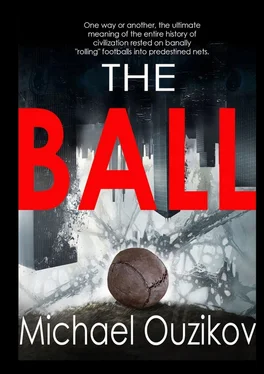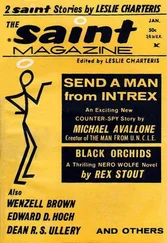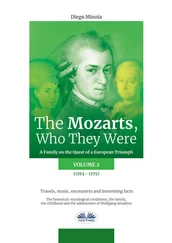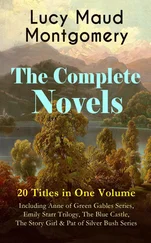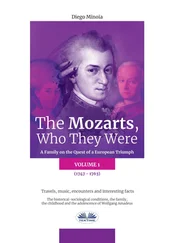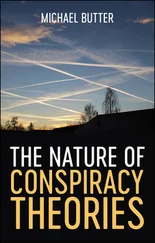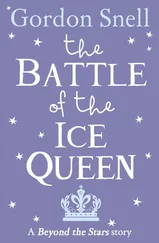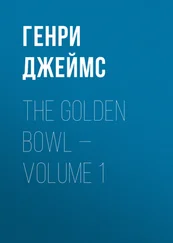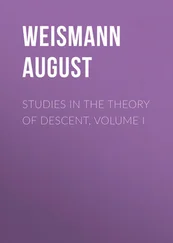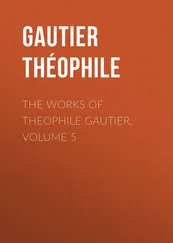1 ...8 9 10 12 13 14 ...19 Tesla did not order his usual continental breakfast, lunch, and dinner, which caused confusion among hotel staff. When the director of the hotel and a chambermaid finally entered Tesla’s room, they found his body lifeless on the couch, lying on his back with arms folded and elegantly dressed in a suit and tie, as if ready for a farewell. Tesla’s hands held a dense, black cube no bigger than an inch. Was the scientist showing that he was exiting this world a pure man, with a Holy Communion?
Tesla’s electromagnetic theory was a prime example of an attempt to unite the material and the spiritual world orders. Tesla was so busy that he did not leave us with a coherent theory. Perhaps he could have left us a new religion, but he did not want to because he knew that the God of Science requires conscious followers. Tesla also destroyed almost all of his records that he kept in a secret safe in his hotel room. That was evidenced by the nearly empty metal box and the stack of flat ash from burnt manuscripts in the fireplace.
Christian and Buddhist funeral services were supposed to be held for Tesla, but on January 12 his body was removed from the morgue in Brooklyn by military intelligence services for a post-mortem in Newark. On the next day it was announced that Tesla’s body was burned according to Buddhist tradition. The funeral took place in the presence of only the closest associates of the deceased.
The New York Times expresses its deepest condolences to the family and friends of the departed Mr. Tesla.
ADDITIONAL INFORMATION
Agent A.T. Ivasenko, codename «Jack», gained the trust of a crematorium employee, S. Hottman, while under the guise of a funeral bureau servant. Mr. Hottman told our agent that the coffin was not opened during Mr. Tesla’s farewell ceremony. The coffin’s weight turned out to be much lighter than when it was picked up the secret service. There is speculation that Mr. Tesla was not cremated or buried, but that his body is at a military laboratory in Newark, New Jersey.
GRU Lt.-Col. K.M. Litvinov
***
MEDICAL EXAMINATION ANALYSIS
A careful analysis of the sample of material delivered to a laboratory showed that it is nothing other than organic rubber, supposedly of a very old origin. No natural or synthetic poisons were found in the analyzed sample.
NKVD Laboratory (5th Section of the 9th Department of the Chief Directorate of State Security
Col. P.A. Sudoplatov
DECREE
Despite Tesla’s death, continue the active search for «Trigger» and all documents associated with it. Report in person.
Ilichev
20° 40» 14» N
88° 34» 12» W
Chichen-Itza, Yucatan Peninsula, Mexico
December 1520
With the onset of dusk, as soon as the serpent Chaak descended with its grey shadow down the steps of Kukulcan, Kuluangwa’s group sang a traditional hymn of victory, the echo of which reflected off the Temple of Warriors and drowned in the Southern Temple right at the stadium’s entrance. A special ceremony was underway, forbidden to ordinary tribesmen and attended only by keepers of the secret. The chiefs and priests of the tribe, the long-time performers of these rituals at Chichen-Itza, met at every full moon. The chosen team for the ball game was selected just a few days before the momentous event, right before the match. This time, however, the entire team was invited by the High Priest much earlier than usual. The ceremony involved a special ritual, called Chaak-Chaya – the spilling of tears.
As the God of Rain, the serpent Chaak, descended from the peak onto the hot ground, the priest Vak Balama raised his dry hands towards that peak and hoarsely called all ten team members to follow him up the steep steps to the main temple of Kukulcan. A foot could barely fit on each of the hundreds of narrow steps, placed at an angle of almost forty-five degrees, reaching the temple, which was not visible from the base of the pyramid.
The interior of the temple was cavernous. There was nothing inside the hall other than a large stone table. From floor to ceiling, the walls were decorated with drawings and writings written in small ligature. The corners of the secret hall had inconspicuous, small height gaps from which priests emerged during ceremonies.
The red beams of the last sunlight of the day penetrated through the narrow vertical slits in the wall. The whole town at the bottom, with its temples, residences, and stadium, already delved into a dark haze that did not bring the expected night-time cool. The light from the slits fell in six beams onto the middle of the room.
In the middle of the temple, whose dimensions were so great that it could hold several dozen people at a time, stood a wide stone table, twenty by twenty cubits. It was a platform of four low and well-polished stone slabs no higher than knee-level. If desired, one could move the table into a corner, or even out of the temple. But today it was meant to be at the centre of the Chaak-Chaya rite – the spilling of tears. The mirror-like polished surface of the table was dotted with numerous engraved and colored drawings of the life of the gods. The images were divided by the troughs coming from the center – three troughs per each side, twelve in total. Running down a slope, they stopped at the darkening hole in the middle of the table. If viewed from above, the picture of the troughs resembled four lotus flowers growing from one point in the middle of the table. But the beauty of this had quite a utilitarian function. The table was assembled in the center of the temple only for the most important rituals – the blood sacrifices.
In the middle, between the four polished stone blocks just below the hole, a wide stone vase was placed, upon which a black rubber sphere rested like an overgrown coconut. The ancient vase was of a dark brown color. The limestone permeated a powerful natural colorant.
The priest, Vak Balama, made a wide circular gesture, commanding the audience to take their places around the table. His head was hidden by a mask, painted with bright red and yellow horizontal bars. His black-oiled belly reflected the rays of the torch, revealing a cross of four deep, white scars. Four other scars – long, narrow, like cat scratches – ripped up each shoulder, starting just above the collarbone and ending above the nipples.
Ten adult men in full war paint slowly approached the table and equally slowly knelt down on both sides. There were five soldiers on each side of the table. Balama’s hand motioned for Tolana to take a seat opposite him, which she immediately did, sinking to her knees and bowing her head. Then Vak Balama walked off into one of the room’s dark corners where flashes of flames only occasionally revealed strange engravings on limestone blocks and melted into the darkness.
In a few moments, the priest re-emerged with his outstretched arms carrying something resembling a large palm leaf with a long stem, with its edges hanging down and touching the ground with every step. The leaf’s stalks bent down from time to time, but not in sync with the slow gait of the priest. When Balama returned into light at the table, it became evident that he was holding a blue sea ray. Raising the animal high above his head, Vak Balama shouted: « Hei olay! Leth soro ta kama vok! Are you ready? Do not be afraid, be strong!» Then he swung and threw the ray on the table. The animal fell flat, issuing a squelching sound and scattering lumps of transparent mucus. Its tail bone, similar to a sharp spear, weakly rapped on the table twice and then calmed down and held still. And only a small tremor occasionally running through the body of the marine creature reminded that the ray was still alive. However, the warriors in attendance did not pay any attention to this creature. All ten men and Tolana, heads bent low and hands humbly folded on the table, were expecting commands from Vak Balama.
Читать дальше
